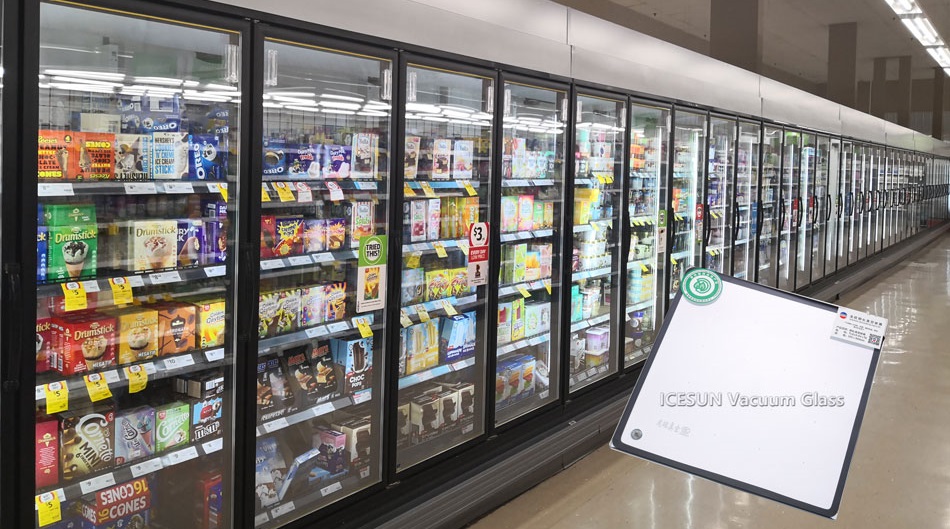As early as last year, researchers at Ohio State University developed what is known as "the world's first rechargeable solar cell", solving the problems in the current solar energy collection and storage process. According to the latest news, the researchers developed the first "water-based solar flow battery" with an improved version of the secondary battery. It is currently being tested in combination with traditional lithium-iodine batteries. The team claims that the new technology can reduce solar energy in conversion storage. 20% of the energy lost in the process.
It is reported that the original version of the integrated "rechargeable solar cell" works: the titanium dioxide strip absorbs sunlight, and when the sunlight hits the mesh solar panel, the solar panel generates electrons. Inside the battery, electrons generate energy in the process of decomposing lithium peroxide into lithium ions and oxygen. Oxygen is released through the network of solar panels, and lithium ions are stored in the battery as future energy sources. Since the solar panels and the batteries are unified, the energy loss is reduced to a minimum.
Unlike the previous version, the new version does not use a conventional liquid electrode. The water-based solar flow battery uses water as a solution, and lithium iodide replaces the electrolyte, providing low cost, high efficiency, and high storage rate performance. Water-based flow batteries do not need to operate under air conditions, so single-layer solid-state solar panels can be used. The principle of solar panels also uses photosensitive solar panels. Through charge and discharge experiments, solar flow batteries only need to be charged. 2.9 volts, that is, can discharge at 3.3 volts. Previous versions required charging to 3.3 volts, a 20% improvement in efficiency.
Researchers say the new integrated water-based solar flow battery requires more research and improvement to improve performance, and is expected to be used in solar energy storage and power generation for large-scale power grids, or in new applications such as "electrolyte fuels" for electric vehicles in the future.
ICESUN Vacuum Glass LTD. can provide the customized vacuum glass for freezer. With its superior heat insulation ability, the central condensation temperature of tempered vacuum glass is reduced to below minus 50 degrees. Used in freezers, vacuum glass can save more than 200 dollars of electricity every year, and ICESUN High-tech Vacuum Glass has passed the safety certification of American IGCC and SGCC. Vacuum glass welding edge sealing adopts the patented sealing materials and low temperature welding sealing technology, and the vacuum layer of Safety Vacuum Glass can be maintained for 50 years. The refrigerator door adopts vacuum glass that is a transparent structure as a whole. Through the transparent vacuum glass for freezer, the users can directly observe the condition of the food in the refrigerator without opening the door body, so as to reduce the waste caused by the expiration of the shelf life of the food, decreasing the wasting of resources and protecting the environment.

Vacuum Glass For Freezer,Tempered Glass For Freezer,Tempered Vacuum Glass For Freezers,Low-E Glass For Freezer
ICESUN VACUUM GLASS LTD. , https://www.icesunvacuumglass.com